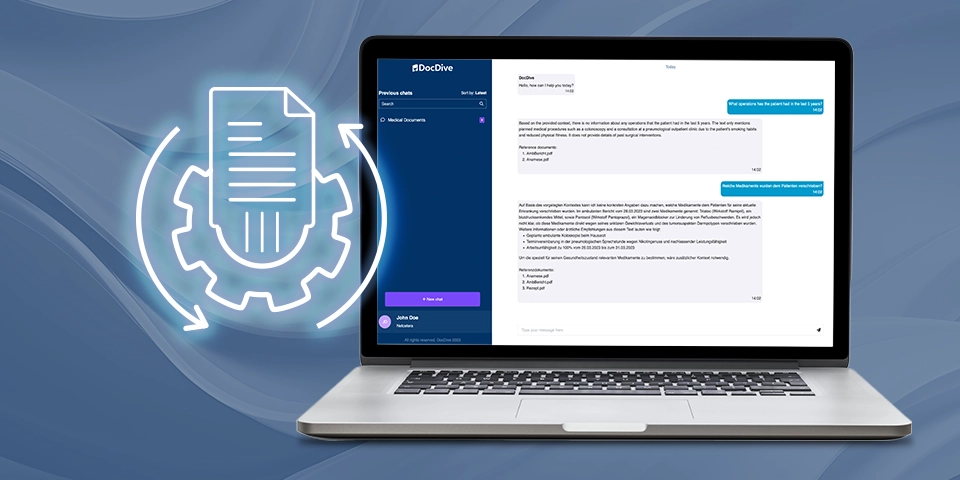While AI has successfully demonstrated how it can boost reader engagement, it’s also successfully transforming publishing companies' internal processes and workflows. By helping to streamline content creation and distribution, AI is increasing publishers’ efficiency and driving down operating costs.
One of the most significant benefits of AI is its ability to automate repetitive tasks. At a publishing company, this can free up journalists to focus on more complex and investigative work. For example, Reach developed an AI tool called Gutenbot that enables journalists to quickly and easily rewrite stories that have already been published on other sites within its network. The Associated Press and United Robots are also using AI and machine learning to automate the creation of data-rich articles, including earnings reports and sports results. Using AI in this way allows them to produce many more articles than would otherwise be possible, offering readers more content and creating more opportunities to grow their presence in the market.
Another area where AI creates valuable benefits is streamlining workflows and improving efficiency. At G+D Netcetera, our DocDive platform uses AI to simplify everyday work for publisher employees. It offers a range of modules that can be used to meet varying needs across the organization, including:
